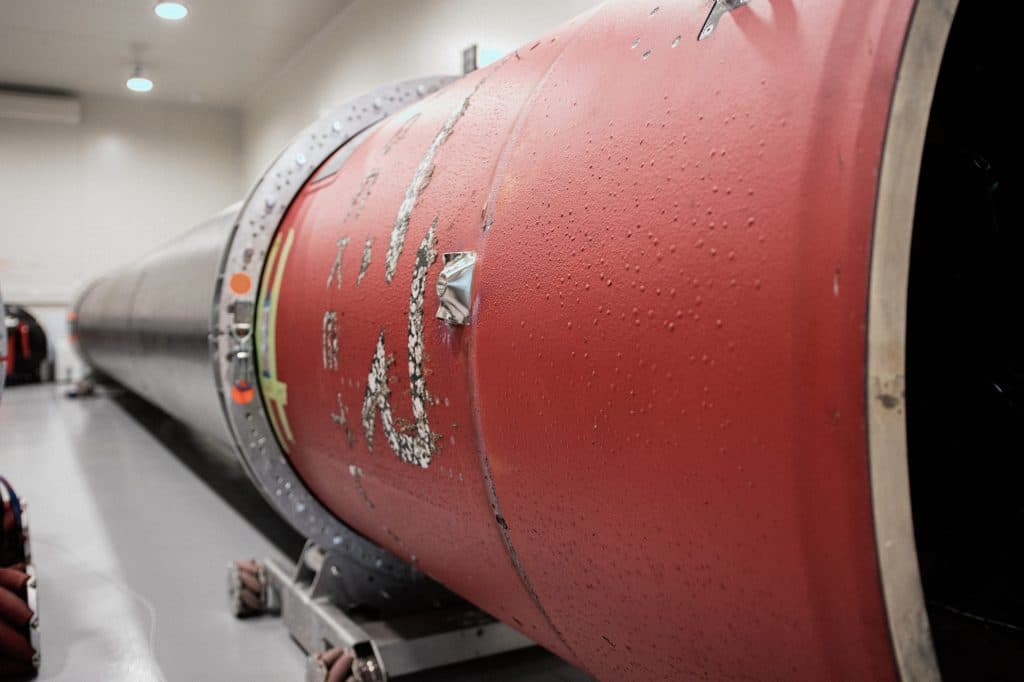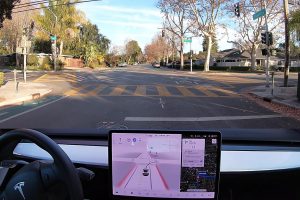- 🚀 Rocket Lab is gearing up for its next launch from Launch Complex 1 in New Zealand, scheduled for no earlier than April 24th.
- 🛰️ The upcoming mission, “Beginning of the Swarm,” will deploy two payloads to different orbits.
- 🌍 The primary payload, NEONSAT-1, is an Earth observation satellite designed to monitor the Korean peninsula during natural disasters. It marks the first of an 11-satellite constellation for South Korea.
- 📸 NEONSAT-1 will be deployed into a 520km circular Earth orbit to fulfill its monitoring objectives.
- 🛰️ The secondary payload, NASA’s ACS3, aims to test new materials for deployable booms holding a solar sail. Once fully unfurled, the sail will measure approximately 30 feet per side.
- 🌌 ACS3 will be deployed into a 1000km circular Earth orbit after Rocket Lab’s Curie kick stage performs an orbit-raising maneuver. Later, the kick stage will lower its orbit to ensure a quicker re-entry into the atmosphere, mitigating space debris concerns.
- ♻️ Rocket Lab has taken a significant step towards first-stage reusability by bringing a previously flown Electron first stage back into the production line.
- 🛠️ The first-stage tank has undergone rigorous testing, including pressure tests and leak checks, allowing it to re-enter production.
- 🚀 The specific first stage flew the “Four of a Kind” mission on January 31st, and Rocket Lab is moving closer to flying reused Electron stages frequently, gathering valuable data for future rocket recovery efforts.
In the realm of space exploration, every launch marks a significant step forward in our understanding of the universe and our capabilities to explore it further. Rocket Lab, a pioneering aerospace company, is once again poised to push the boundaries of space exploration with its upcoming launch from Launch Complex 1 in New Zealand, scheduled for no earlier than April 24th. Let’s delve into the details of this exciting mission and explore the implications for space exploration and reusability.
Unveiling the “Beginning of the Swarm” Mission
Dubbed the “Beginning of the Swarm,” Rocket Lab’s next mission is set to deploy two payloads into different orbits, showcasing the versatility and precision of its launch capabilities. The primary payload, NEONSAT-1, holds particular significance as it represents the first step in South Korea’s ambitious plans for an 11-satellite constellation dedicated to Earth observation.
NEONSAT-1: Monitoring Earth from Above
NEONSAT-1 is equipped with a high-resolution camera specifically designed to monitor the Korean peninsula during natural disasters. This advanced Earth observation satellite will provide invaluable data and insights, aiding in disaster response and mitigation efforts. Deployed into a 520km circular Earth orbit, NEONSAT-1 is poised to revolutionize how we monitor and respond to natural events on our planet.
ACS3: Testing New Frontiers in Space Technology
Accompanying NEONSAT-1 is NASA’s ACS3, a cubesat tasked with testing new materials for deployable booms holding a solar sail. With a sail measuring approximately 30 feet per side, ACS3 will embark on a mission to explore the potential of solar sail technology for propulsion and maneuverability in space. Deployed into a 1000km circular Earth orbit, ACS3 represents a crucial step towards harnessing the power of solar radiation for future space missions.
Advancing Reusability with Rocket Lab
While the “Beginning of the Swarm” mission heralds new frontiers in space exploration, Rocket Lab is also making significant strides towards achieving first-stage reusability with its Electron rocket. By bringing a previously flown Electron first stage back into the production line, Rocket Lab is demonstrating its commitment to sustainable and cost-effective space travel.

Towards a Sustainable Future in Space
The reusability of rocket components is key to reducing the cost of space travel and making it more accessible to a broader range of stakeholders. With each successful reflight of an Electron first stage, Rocket Lab inches closer to realizing this vision of a sustainable future in space exploration. By refurbishing and reusing rocket stages, we can significantly reduce the environmental impact of space launches and pave the way for more frequent and affordable access to space.
Conclusion: A Bright Future in Space Exploration
As Rocket Lab prepares for its next launch, the “Beginning of the Swarm” mission symbolizes not only a new chapter in Earth observation and space technology but also a testament to human ingenuity and innovation. With each successful mission, we inch closer to unlocking the mysteries of the cosmos and realizing our dreams of exploring new frontiers beyond our planet.





